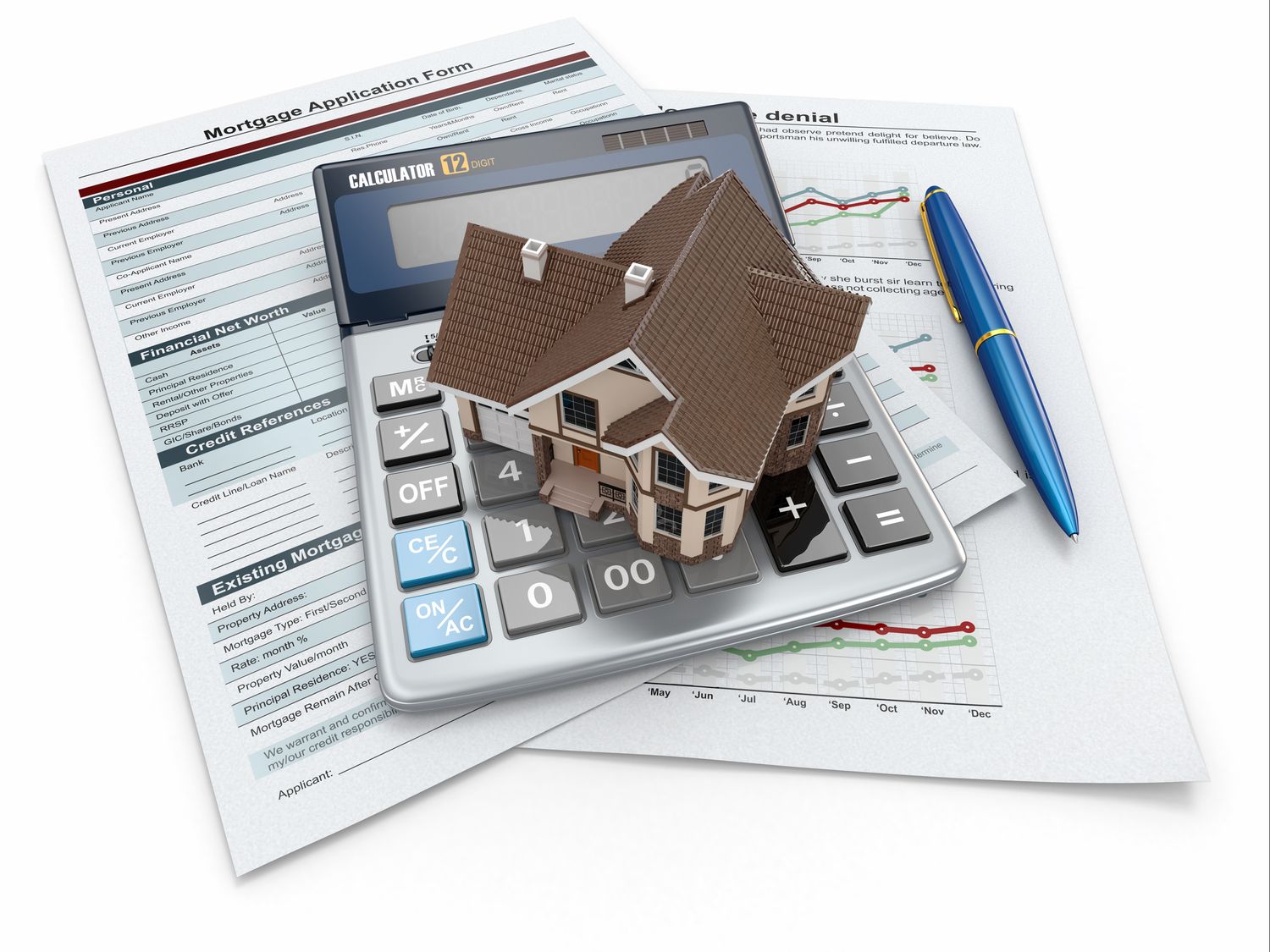You’ve scrimped and saved for a downpayment, you’ve researched neighborhoods and you have a plan. All you have to do now is secure your financing and you’ll be well on the way to buying a home.
Not all mortgages are built alike, however. Since this debt may be the biggest you ever take on (and one that will certainly affect your finances for the foreseeable future), you need to know more about your options — before you sign that dotted line.
Let’s talk more about the many kinds of mortgages you may encounter and a little bit about their advantages for different consumer segments:
Conventional Fixed-Rate Mortgages
A “conventional” mortgage just means that your lender is extending you the credit without any insurance from the federal government. They do, however, meet standards that qualify for backing from either Fannie Mae or Freddie Mac, two government-sponsored entities that buy most conventional mortgages — and that can allow you to qualify for a loan with as little as 3% of your home’s purchase price as a downpayment.
There is a catch: Unless you can make a downpayment equal to 20% of the home’s purchase price, you’ll most likely have to pay for private mortgage insurance (PMI). That will increase your monthly payment — although you can usually refinance or get the lender to cancel the PMI once your equity reaches 20%. There are options available to avoid the PMI with downpayments of less than 20% as well. These options will depend on your credit score and downpayment amount.
A “fixed-rate” mortgage simply means that your interest rate, once locked in, will remain the same for the life of your loan. This is a huge plus if you happen to buy when interest rates are at rock bottom (like right now), and it keeps your monthly payment predictable.
Fixed-rate mortgages usually come in 15-year and 30-year terms, although you may be able to negotiate for something in the middle with your lender. Typically, a shorter repayment term rewards you with a lower interest rate but leaves you with a bigger monthly payment, and vice-versa.
This is, by far, the most common kind of mortgage to have. To get one, you do need good credit, a debt-to-income ratio that supports the monthly payment, a stable employment record and that all-important downpayment.
Conventional Adjustable-Rate Mortgages
These loans are just like conventional fixed-rate mortgages — with one notable difference: Your initial interest rate is only locked in for a short term. One-year and five-year terms aren’t uncommon.
After that period expires, your interest rate will readjust annually to market conditions. This ultimately means that your monthly payment could abruptly go up or down, depending on what’s happening with loan rates.
Why would anybody pick this kind of loan? Well, lenders may be willing to offer an adjustable-rate mortgage (ARM) loan with an initial interest rate that’s lower than what you can get on a fixed-rate loan, especially when the average interest rates are high. You may be willing to gamble that the interest rates will drop in the future, allowing you to refinance to a fixed-rate mortgage with a better interest rate.
That low initial interest rate on an ARM loan can also be attractive to people who are buying a home when interest rates are high but have no intention of staying where they are for the next 10 or 20 years.
Jumbo Mortgages
These are a type of conventional mortgage, but they’re called “non-conforming” loans because they’re too big for any kind of federal backing or guarantees by Freddie Mac and Fannie Mae.
In 2021, a loan of more than $548,250 (for most of the country, except certain high-cost areas) moves you into “jumbo” territory. To secure one of these loans, you need a fantastic credit score and a downpayment of at least 20%. You can also expect more scrutiny from your lender over your cash reserves, employment history and the home’s appraisal value.
Government-Insured Loans
The federal government operates several programs that are designed to help more Americans become homeowners by insuring the loans against default. This makes lenders more willing to take a chance on borrowers who may not meet the stringent requirements for conventional loans.
Your options include:
- FHA loans: Backed by the Federal Housing Administration (FHA), these loans can help lenders with damaged credit or little money for a downpayment secure a mortgage. If you have a FICO score of 600 or better, you can get an FHA loan with just 3.5% of your home’s purchase price as a downpayment.
- VA loans: These loans, which are backed by the U.S. Department of Veterans Affairs, are restricted to members of the U.S. military (both active duty and veterans), and they do not require either mortgage insurance (PMI) or down payments. Closing costs are generally minimal and the funding fee for each loan can usually be rolled into your monthly payments.
- USDA loans: Backed by the U.S. Department of Agriculture, these loans are designed to encourage homeownership in rural areas. As long as a home is in an eligible area, even borrowers with low or moderate incomes and little or no money for a downpayment may qualify for a loan.
Uncommon Types of Mortgages
You may also encounter a few uncommon kinds of mortgages as you dig into your options. Some of them include:
- Balloon mortgages: These can be risky mortgages to take. Initially, you have a very low monthly payment — but that payment rate will end after a few years. When it does, you generally have to pay the entire balance in full. If you’re not able to refinance before that balloon payment comes due, you may not be able to manage.
- Construction loans: If you’re building your home from the ground up, you may want a construction loan that’s tied into a mortgage. Generally speaking, you will need excellent credit, proof of your financial stability and a solid downpayment to qualify.
Accessing Down Payment Funds
In addition to the many kinds of mortgages you may encounter, you also have a few options for accessing down payment funds:
- Own Funds: Borrower’s can use their own money for a downpayment. The money does need to be in an account and can’t be cash or “mattress money.” A lender needs to verify the source of the downpayment funds.
- Retirement Accounts: Some retirement plans allow for withdrawals, without penalty, if the money will be used for a downpayment
- Gift Funds: All loan types allow for the buyer to receive gift funds from a family member, or someone the lender can establish is in a relationship. The giftor will need to complete a gift affidavit and likely have to provide a bank statement showing they had the money available to gift.
Which mortgage is right for your budget and goals? Ultimately, that’s a decision only you can make — but you should make it in consultation with a lender you trust. Don’t let anybody talk you into a mortgage with terms that make you uncomfortable — or terms that you don’t understand.







